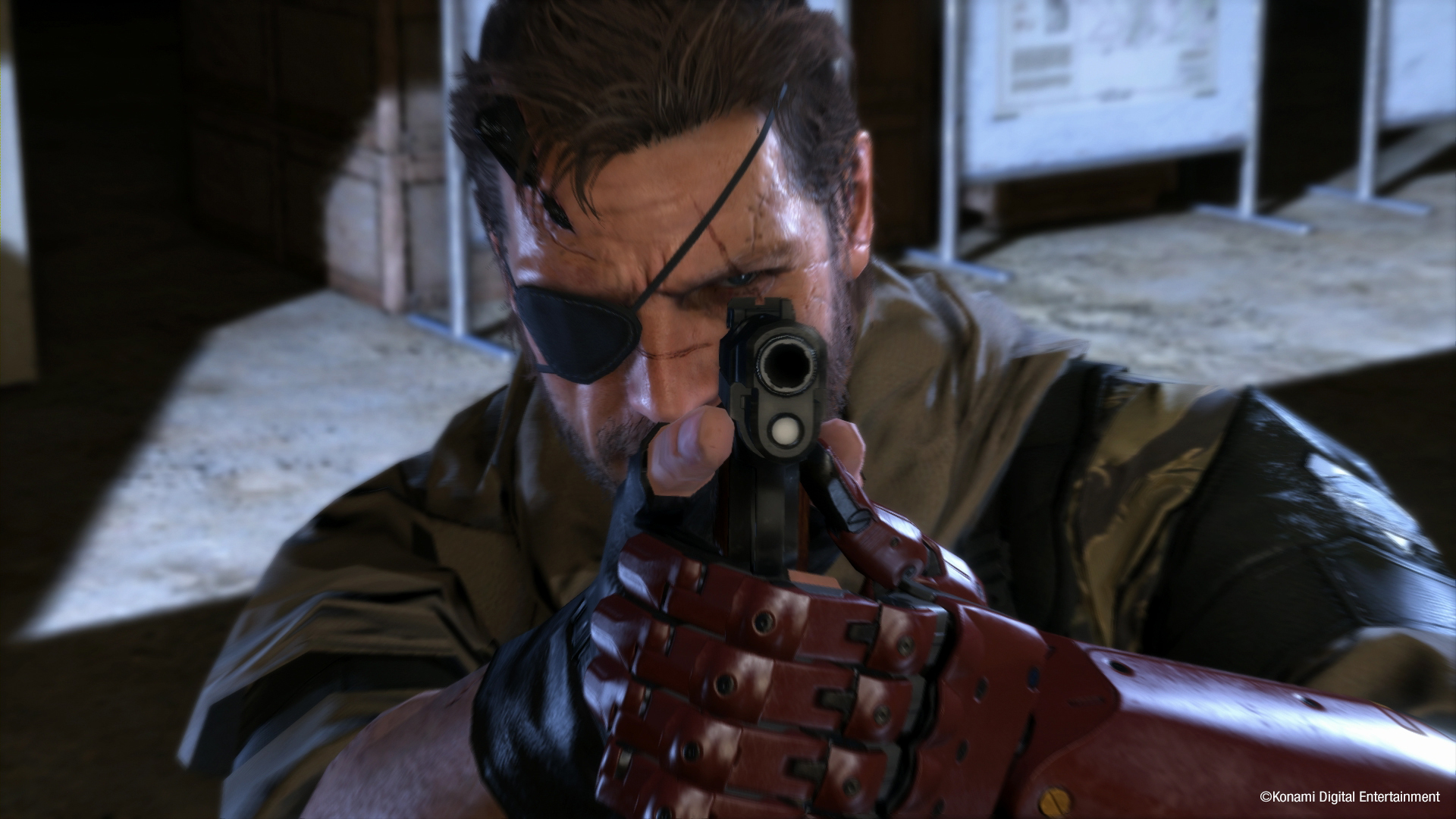Wrap Up: Can Be Enjoyed On Modest Hardware
By now you're probably wondering where we've hidden our usual CPU tests. Unfortunately, this time around we don't have any CPU benchmarks for you and that's mostly because of the 60fps limit. To test CPU performance we'd need to pick the fastest possible GPU and test it under CPU-limited conditions, for example at a low-ish resolution such as 1920x1080.
The problem is here is that high-end GPUs are limited by the 60fps cap and anything equal to or faster than the GTX 780 can also hit the cap when comparing minimum frame rates. If we look back at games such as The Witcher 3: Wild Hunt, Grand Theft Auto V, Battlefield Hardline, Evolve, Dying Light, Dragon Age: Inquisition, Alien: Isolation and even Batman: Arkham Knight, all averaged over 60fps in our game tests.
I will say that The Phantom Pain isn't CPU-intensive considering the Core i5-4690K delivered the exact same minimum frame rates with the GTX 980 Ti at 2.5GHz as it did at 4.5GHz. The AMD FX processors were also able to deliver strong performance that was comparable to the Core i5 and i7 processors. Moreover, we managed Core i7-like performance using the Pentium G3258 running at the same clock speeds. Performance is all about the GPU in this title.
Normally we skip over any game with a hard-coded frame rate limit as it's hard to take that release seriously with such a limitation on PC. However, The Phantom Pain is a high quality game and despite what seems like a basic performance limitation, it has impressive graphics.
So far I've only played about 5% through the campaign but it's been a lot of fun and that's coming from someone who doesn't particularly enjoy action-adventure/stealth type games. The most annoying thing about Metal Gear Solid V: The Phantom Pain for me has been getting into the game.
Constant server issues have forced me and many others to play in offline mode. Being offline meant navigating half a dozen or so menus saying the game couldn't connect to the servers, that we were in offline mode and so on. Pouring salt in the wound was the fact that some of these menus took quite long to timeout.
Still, we expect that the server issues will be resolved shortly and they probably aren't nearly as rough if you don't have to reload the game several dozen times over a two day period.
Again, apologies to those who wanted to see the R9 Fury X and Fury in our results. AMD simply doesn't have the samples to spare in Australia and stores have been out of stock for weeks. The lack of the Fury cards did put a bit of a damper on our comparison, but we suspect the majority of you will find more value in the mid-range GPU results.
After all, the most popular gaming resolution is 1080p and here we found ample performance from affordable graphics cards such as the GTX 950 and R9 380. Even those from nearly forgotten generations, such as the HD 7950, performed exceptionally well.
It's worth remembering that Metal Gear Solid V: The Phantom Pain is an Nvidia "The Way It's Meant to be Played" title and as such the green team has a leg up on driver development. Coinciding with the game's release Nvidia launched the GeForce 355.82 driver which you'll want to install for the best possible experience in The Phantom Pain.
For those wondering, SLI works with the latest driver, though AMD fans will experience a phantom pain when trying to use Crossfire. It sort of works if forced but performance is erratic and sometimes the frame rates dip down to single card levels. There are also a number of graphical glitches.
Overall, Metal Gear Solid V: The Phantom Pain looks like a fun game that can be enjoyed on modest hardware and we're glad to have finally tested the performance of a game in this franchise.



